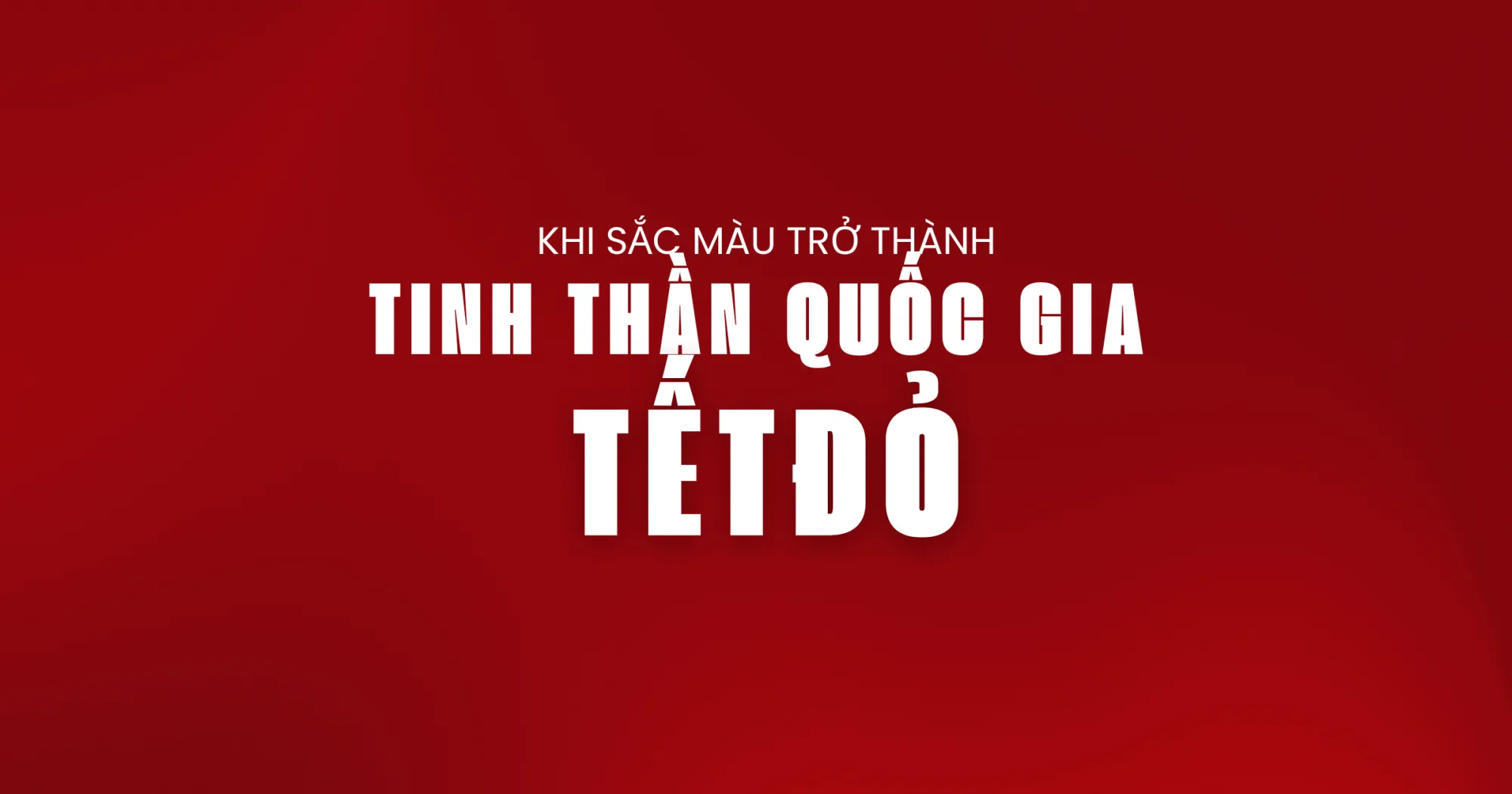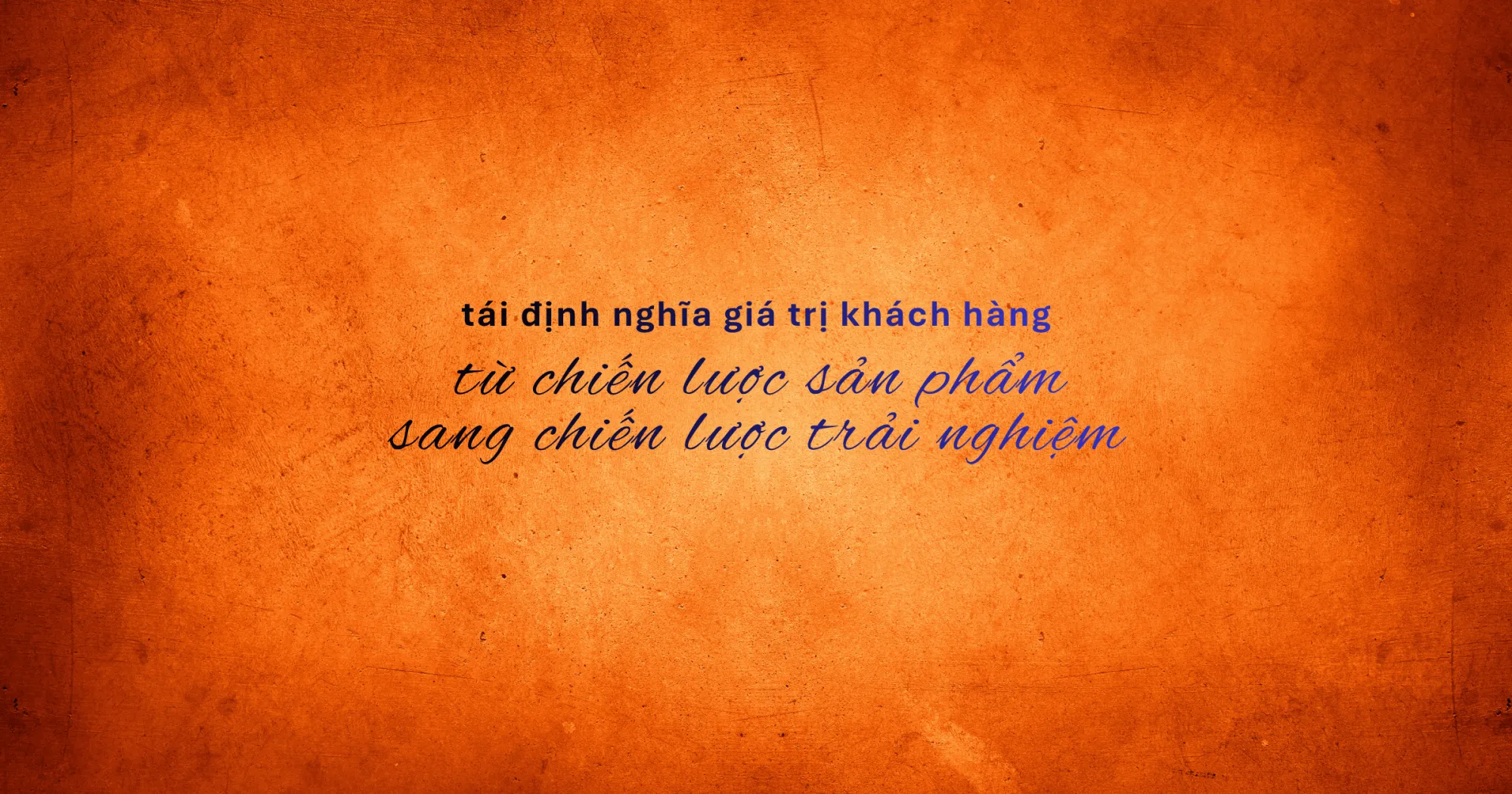Many Vietnamese businesses still understand “business strategy” as a thick business plan, with dozens of slides, outlining a 5-year vision and a series of goals. But the world has changed: plans die after each market change, while real strategy must live, breathe, and evolve with the times. Today’s strategy is no longer contained in documents, but in the organization’s ability to adapt in a targeted manner.
From “blueprint” to “survival capacity”
A decade ago, businesses could plan their business strategies for 5 years, even 10 years. But now, the life cycle of an industry can be shortened to just 6 months. The market changes before the plan is approved.
That does not mean “business strategy is no longer necessary”. On the contrary – business strategy is more necessary than ever, it just has to be in a different form.
Business strategy today is no longer a one-time “map,” but rather establishing a system of orientation that helps businesses make quick and correct decisions in an ever-changing environment.
When MoMo chose to transform from an e-wallet to a financial super app, they did not rewrite the entire “new 5-year strategy.” They only answered one question: “What do customers need that we can do better with data and technology?” — and from there, every decision revolves around that direction. That is the strategy: adapt without getting lost.

Business strategy is not a business plan – it is a decision-making mechanism
One of the most common misconceptions about strategy is: business strategy = detailed business plan.
A business plan may tell you what to do tomorrow, but a business strategy tells you why you should do it, and how you will choose when circumstances change.
A true business strategy must be able to “make decisions in the dark” – that is, even when the data is insufficient and the situation is unclear, the organization still knows how to choose a course of action based on the “orientation axis” it has established.
A business plan is a to-do list.
A business strategy is how you think when things are no longer going according to plan.
An organization with a business strategy is one that does not panic when the market changes. They do not spend months “reviewing everything”, but have clear principles of action: keeping core values, being flexible in execution.

Redefining Business Strategy: Directional Adaptability
I call this concept Adaptive Strategy.
It consists of two core elements:
- Adaptiveness: businesses must be able to observe, react and quickly change to market signals.
- Direction: regardless of changes, still maintain the value axis and long-term goals.
Between these two elements is a “string” – if it is too rigid (only maintains direction), the business will break; if it is too flexible (only knows how to adapt), the business will lose direction.
The business that survives is the business that keeps the string always tight enough.
Lessons from the survivors
When the pandemic hit, thousands of retail businesses panicked, but Mobile World responded extremely quickly: expanding its online sales chain, shifting staff to support customers via hotline, and utilizing its warehouse infrastructure to deliver essential goods.
They did not rewrite their strategy, did not change their vision of “serving customers with the utmost care” – they just adjusted their approach to stay true to their core spirit.
Meanwhile, many other businesses try to “stick to the plan”, waiting for the pandemic to pass, leading to exhaustion.
The difference is: one side sees strategy as a direction for action, while the other side sees strategy as a plan to follow.
Three factors for businesses to build adaptive capacity with direction
The ability to observe real data
Strategy no longer starts with the boss’s “hunch”, but with seeing the smallest changes in customer behavior. Businesses need to build observation systems (data insight) – as close to real time as possible.
Fast decision-making and flexible delegation
If every decision has to go through 5 layers of approval, the business cannot adapt. A modern strategy must come with an open organizational structure – where each group has the right to make decisions within a common value framework.
A clear value system to guide change
Adaptation is only effective when the business knows “where it stands”. When everyone in the organization clearly understands “what we are doing this to maintain”, no matter how much change occurs, they will not stray.

Business strategy doesn’t need to be grandiose – it just needs to be viable
In reality, most Vietnamese businesses don’t need a “McKinsey-caliber” strategy.
They just need a viable strategy, which means:
- Flexible enough to pivot as the market changes.
- Clear enough to keep every small decision on track.
- Realistic enough to make it feel real to employees in their day-to-day work.
If business strategy doesn’t live in every little decision, it’s just a “nice draft to report”.

The Future of Business Strategy: Not Drawing Plans – Coaching Mindsets
I believe that the next generation of strategy starts not with PowerPoint, but with leadership thinking and organizational capacity.
The best strategy is not a plan, but a team that makes decisions in chaos – because they share a common direction.
A truly strategic business doesn’t need to talk about strategy – because strategy is embedded in how they live and operate every day.











